IKEA x Design Museum
Interactive film
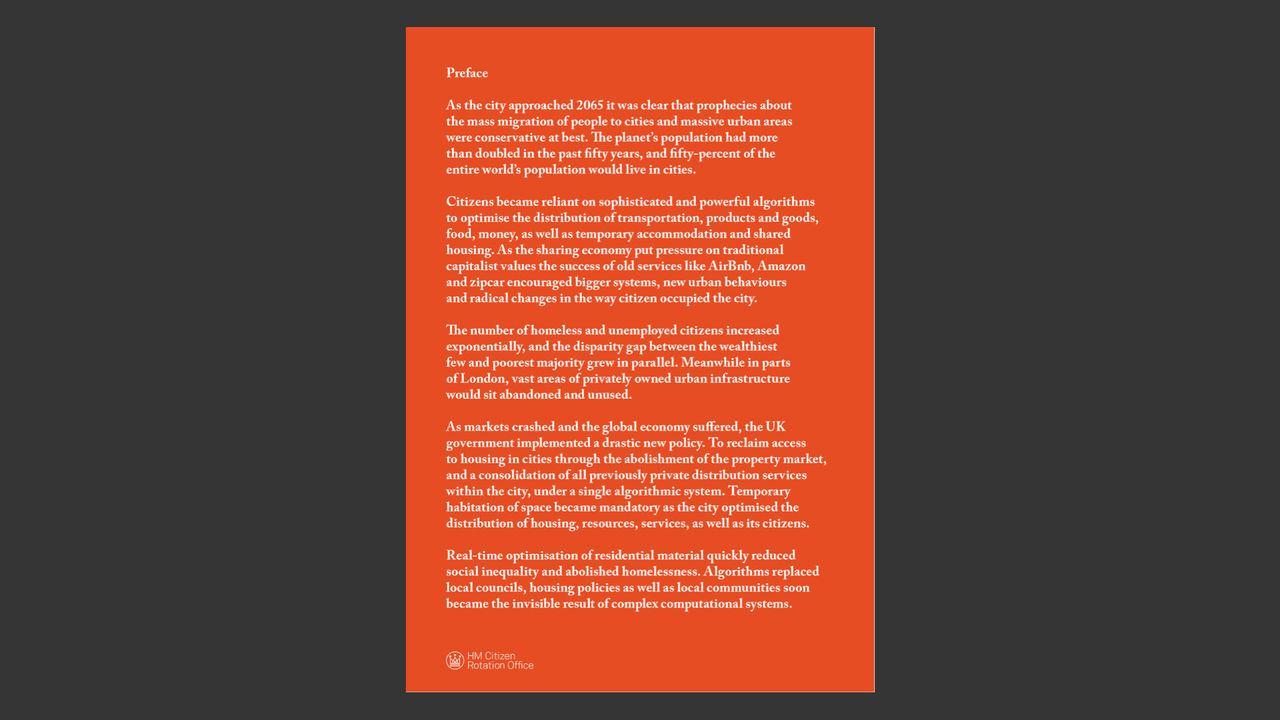


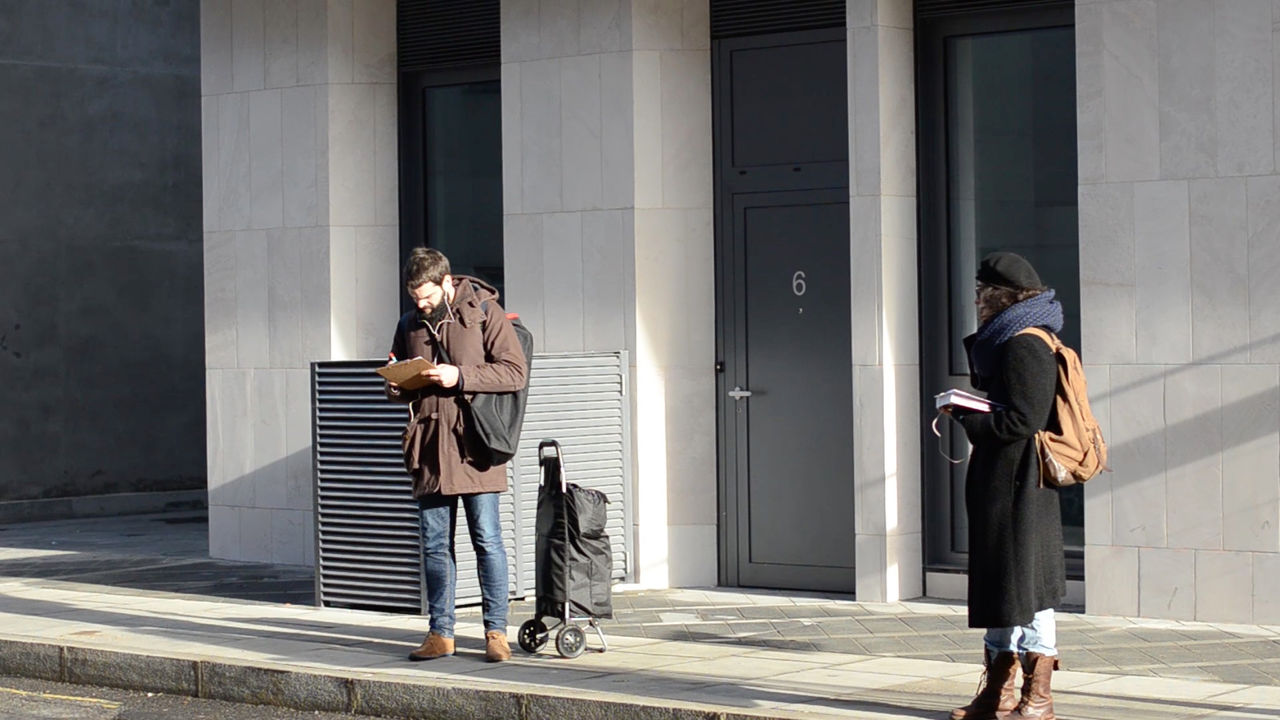
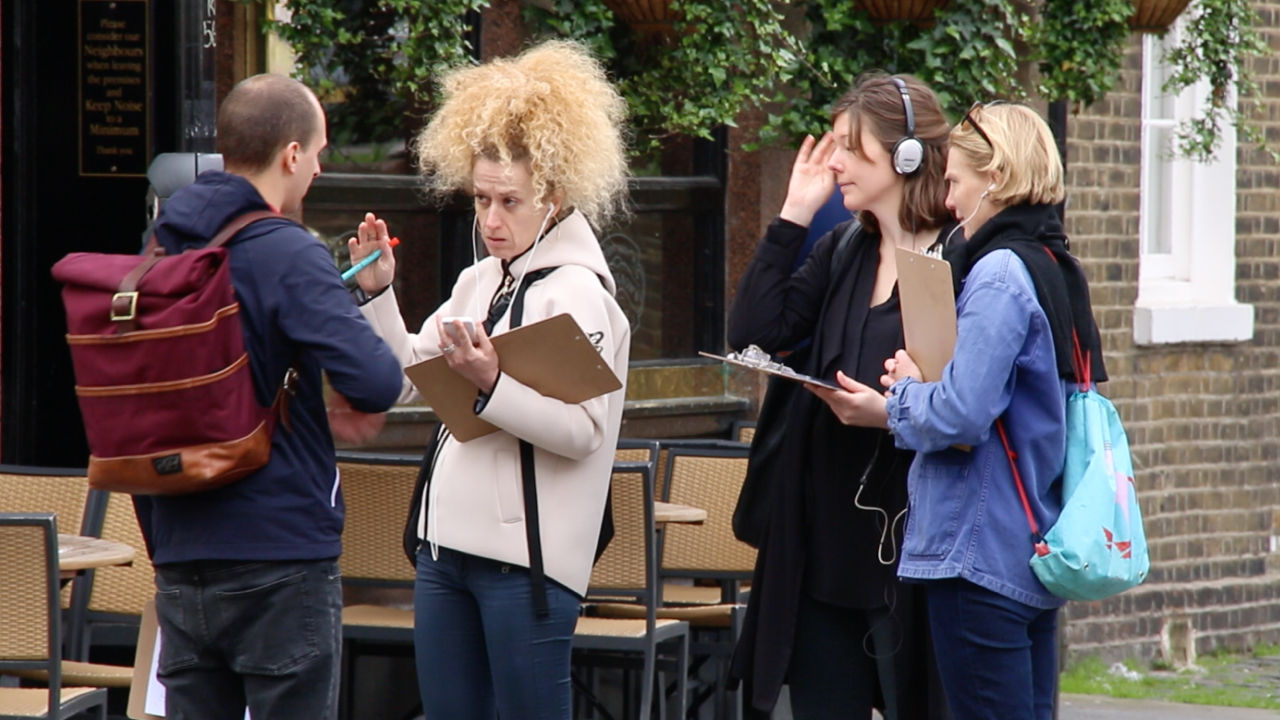
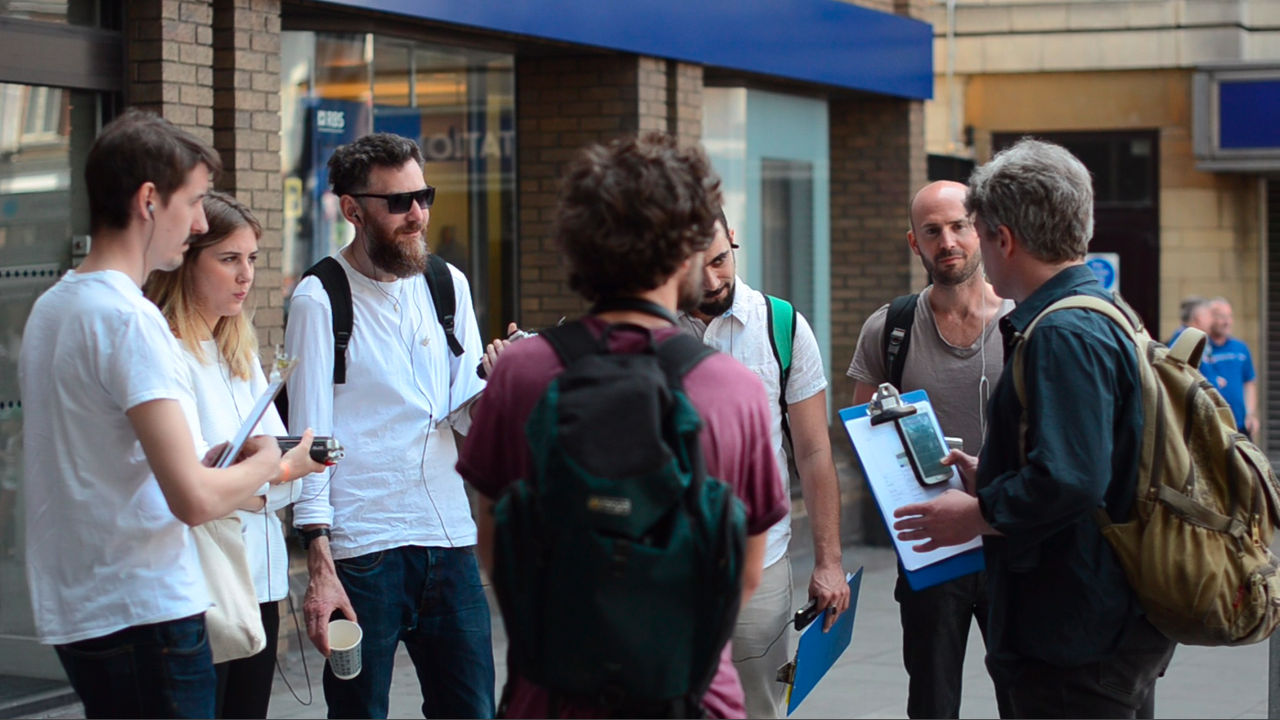
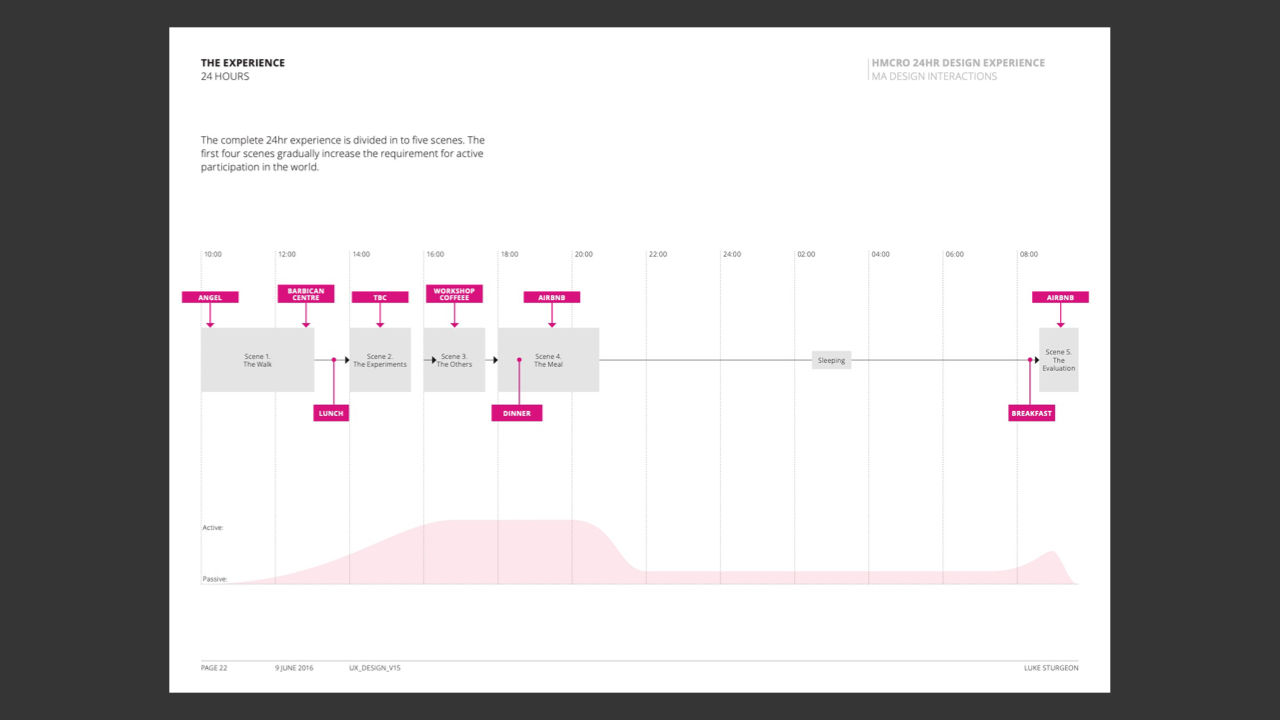
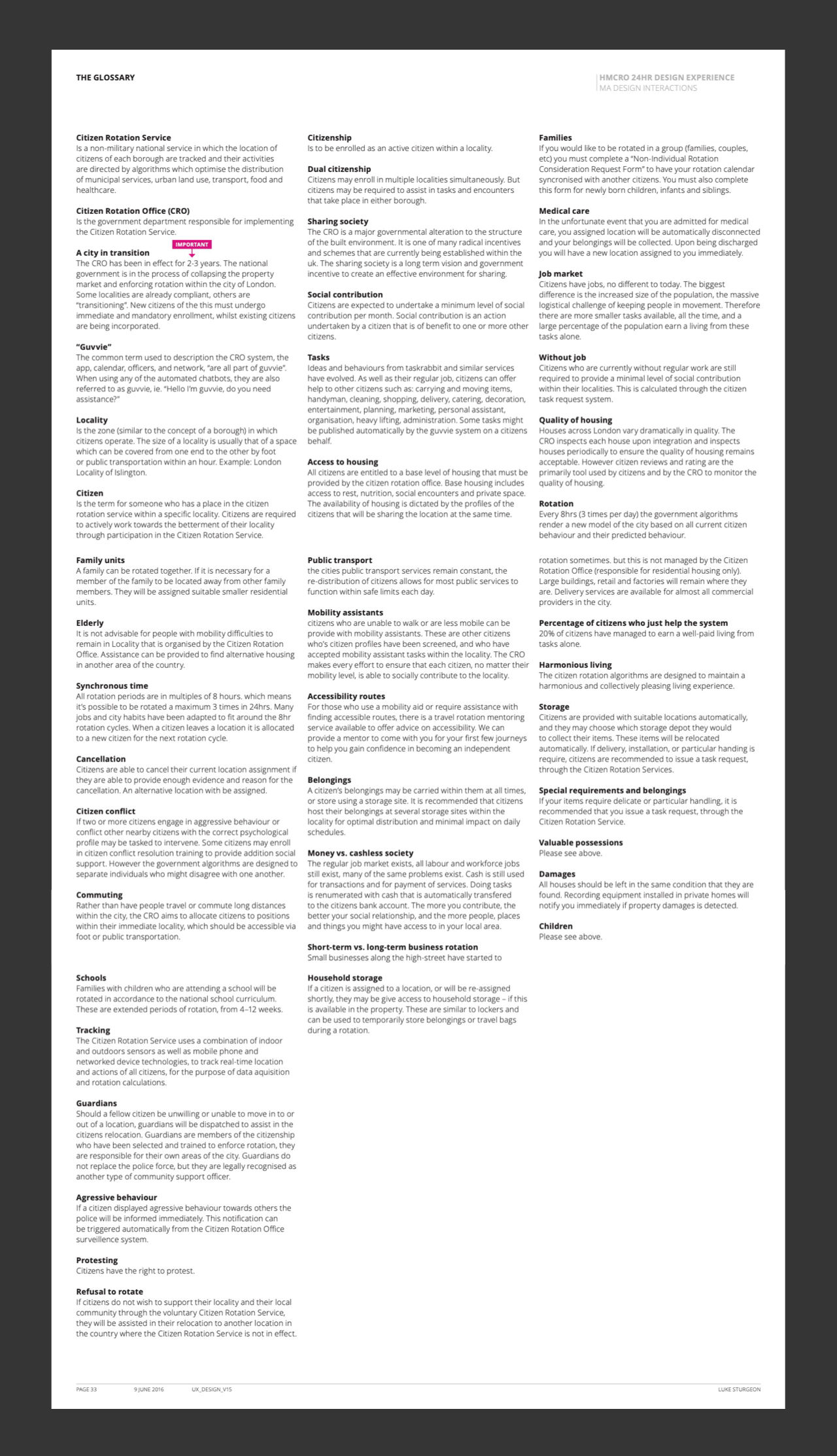
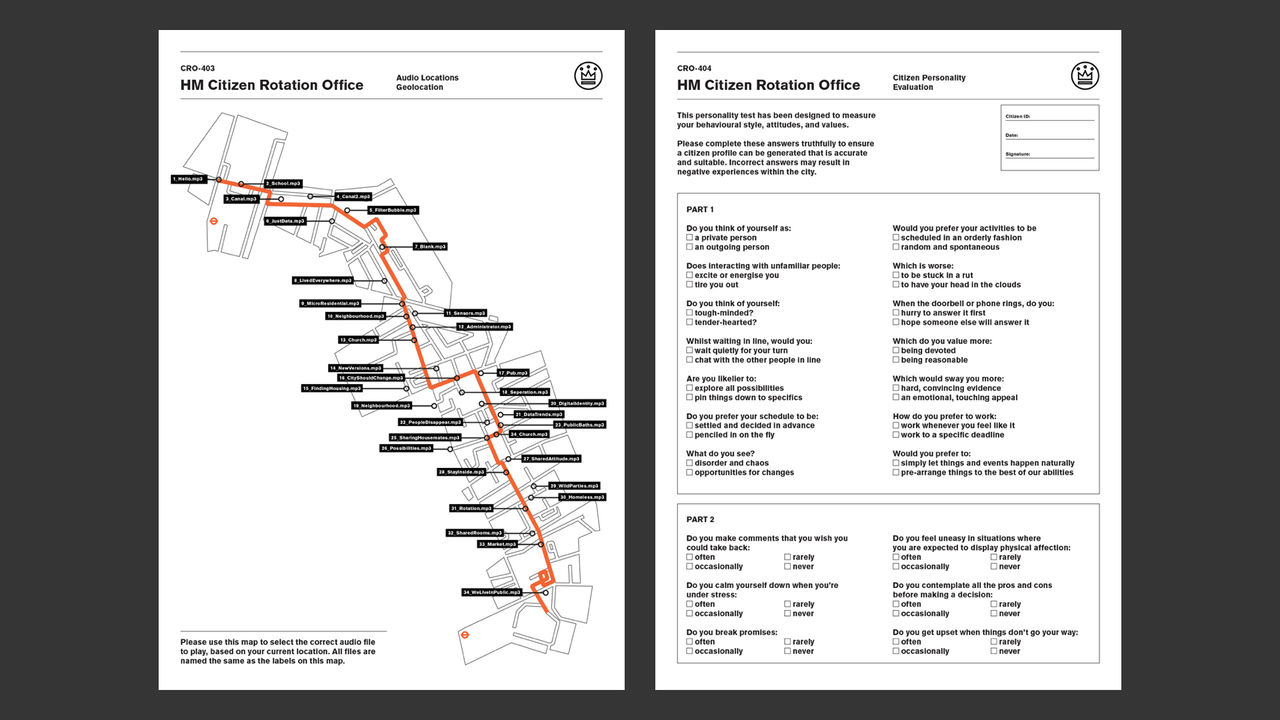
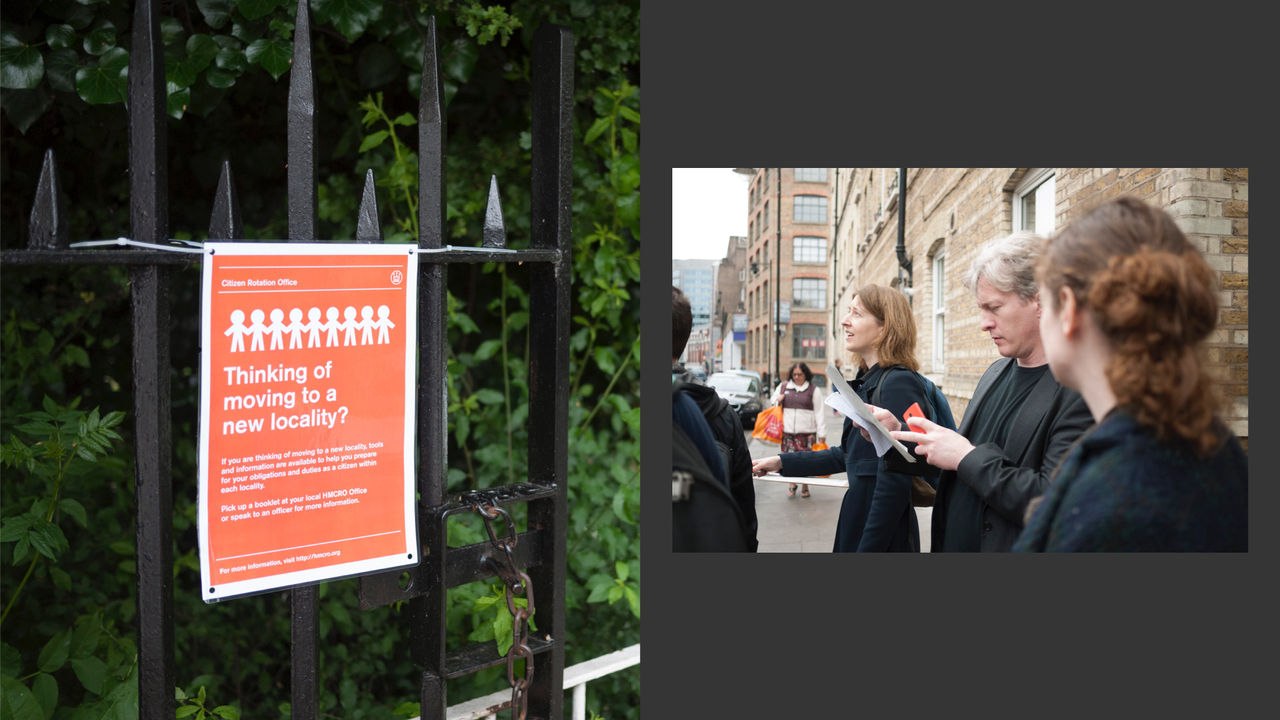
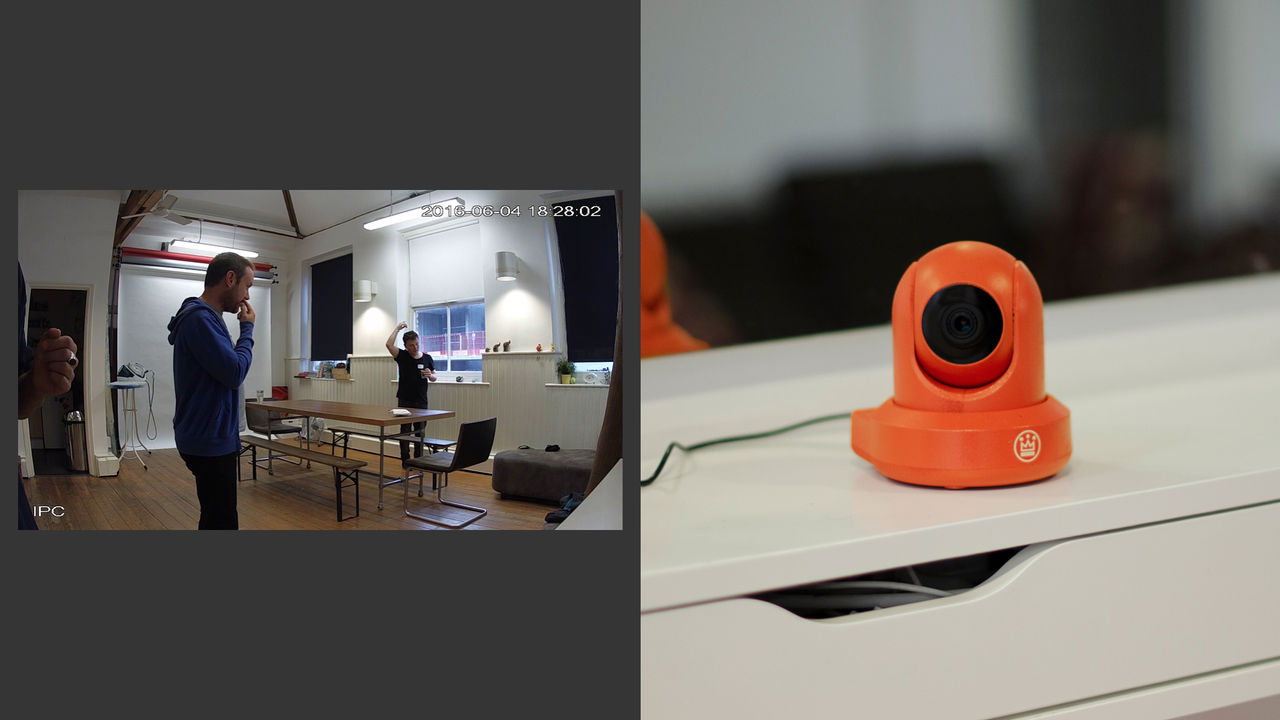
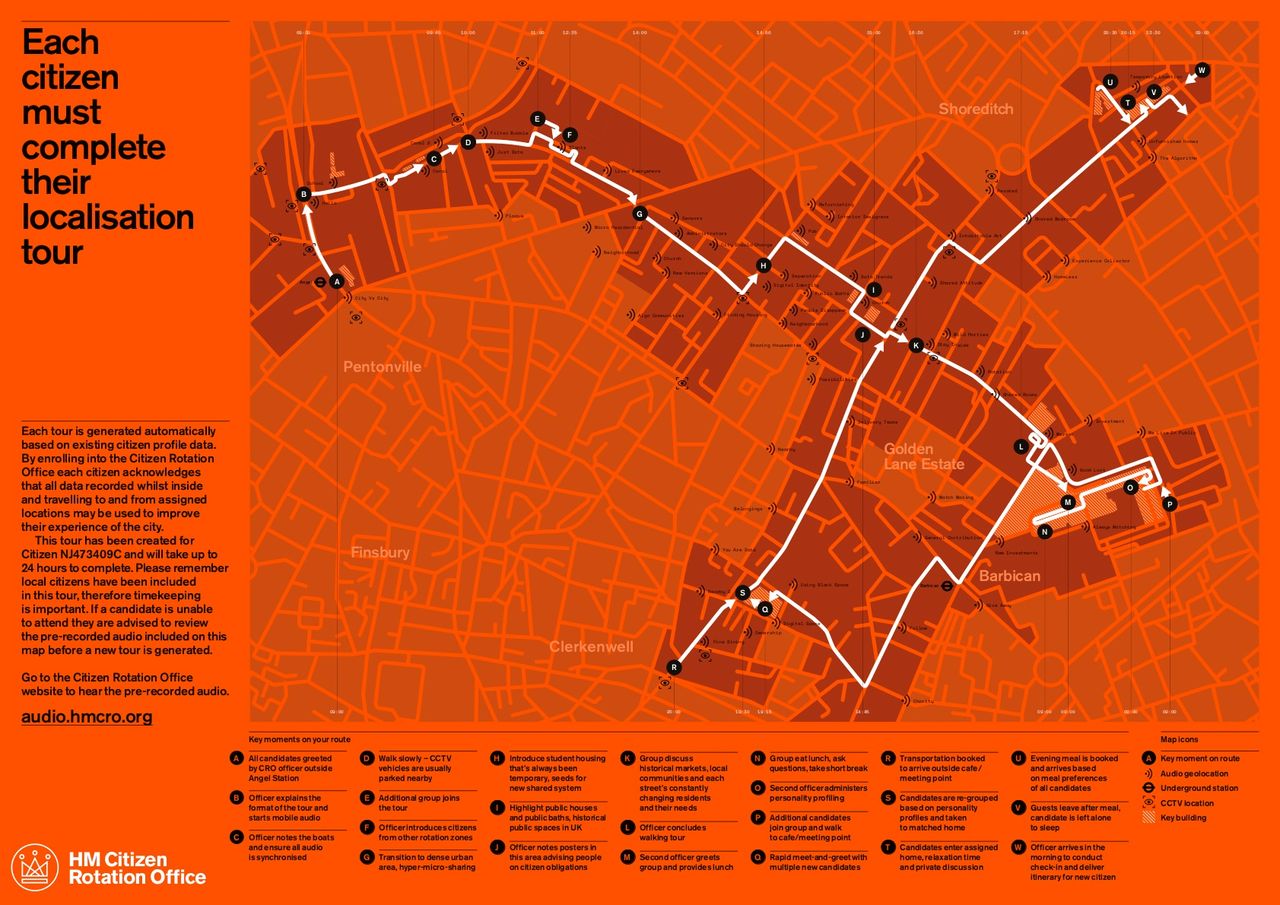

Overview
This project was an evolution of another self-initiated project created at The Royal College of Art, that was then commissioned for the Design Museum and IKEA’s Home Futures exhibition. The goal was to prototype and experience future products and services in-context by combining immersive theatre, experience prototyping and speculative design to immerse people in a possible future and discuss the positive and negative consequences.
I developed a fictional government service through rigorous testing and multiple performance-based experience-prototypes. A custom webapp, mobile phone, SMS service, website, email, social media data scraping, 5 hours of recorded audio, posters, GPS guides, improvisational actors, CCTV, Uber, AirBnb, and Deliveroo services were needed to prototype a full 24 hour experience. My role was end-to-end, creating concepts based on research, designing every iteration and using creative coding to engineer every prototype throughout the project.
I developed a plausible future based on extreme extrapolation of existing trends and behaviours. Digital sharing services like Airbnb, TaskRabbit, Deliveroo, Uber etc are merged into a new technocratic government, whereby these behaviours become mandatory. The housing market is abolished and citizens begin to continuously rotate around the city, managed and monitored by networked sensors and a single complex government algorithm.
The initial experience was delivered using immersive binaural audio recordings, that were triggered by GPS when a user walked to the correct location with their phone and webapp open. Later this tool was developed for use by the primary actor to trigger audio at key points and trigger conversation and narrative with other actors.
As the project developed improvisational actors were recruited and I developed 4 personas that each actor used as a starting point as well as creating 5 specific scenes. This helped to support the actors, trigger conversation and deeper immersion into the world during the events. As more people contributed to the narrative I created a glossary of terms to use as guidance and build continuity between the stories different actors told as well as the pre-recorded audio and written stories.
To allow participants to imagine themselves in this future, I used narrative props, bureaucratic language and activities, hired transport, real-time digital messaging and planted actors throughout the experience. This broke the barrier between the experience and the real-world, so that anybody or any object could be part of the world.
To showcase the project for the Design Museum and IKEA I designed and developed an interactive installation with the help of Peter Hudson. The installation showed a repeating animated video attracting people, and a camera detected visitors and triggered a randomly generated video sequences that introduced them to the project as if they had just enrolled for the program. A map of the original 24 hour performance was also on display and people were invited to participate in future versions of the project.
Project website (Audio/GPS experience): hmcro.org
Thumbnail image Inter IKEA Systems B.V. 2021.